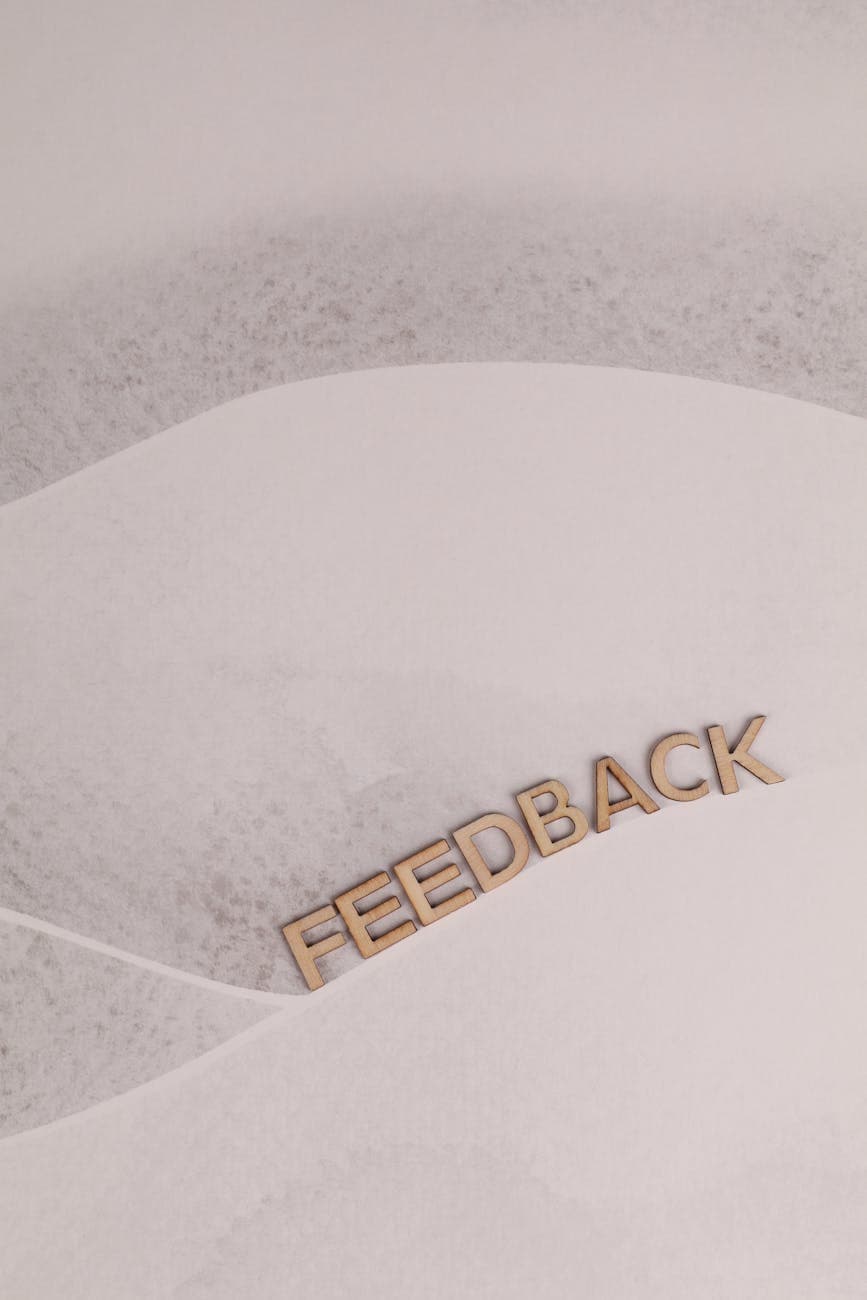Visualizing SaaS Feedback: Turning Data Into Insight and Action

In the always-on, always-iterating world of SaaS, customer feedback is both North Star and barometer, shaping a product’s evolution while calibrating the realities of its current user experience. Ten years ago, most SaaS teams solicited feedback nervously or sporadically, often merely scanning star ratings or skimming anonymous bug reports and wishing for a magic bullet to make it all actionable. Today, the challenge is not scarcity but surfeit. Modern SaaS companies find themselves awash in qualitative and quantitative commentary: app store reviews, in-app prompts, NPS surveys, public social media, email chains. Platform teams know a tweak to onboarding wins kudos, but churn hints are buried in grumpy paragraph reviews halfway down the Trustpilot page.
This torrent of information is both a blessing and a trial by fire. Teams determined to hear the customer must also reckon with the impossibility of reading and remembering thousands of granular inputs. Here, the ascent of data visualization has become not just a convenience but a competitive necessity. Turning feedback data into something the eye and the mind can quickly interpret changes how teams prioritize, react, experiment, and ultimately succeed.
Patterns Over Paragraphs
Visualizing SaaS feedback is not just about making pretty dashboards or drawing word clouds from review text. It is fundamentally about surfacing patterns invisible in the endless scroll of raw commentary. When feedback is unstructured, think rambling complaints, impassioned rants about features, or cryptic one-liners, extracting insight is like panning for gold. Data visualization seeks to refine those flecks of insight into solid nuggets.
Consider the difference between reading a CSV of 5,000 reviews and seeing a heat map that correlates review frequency with time of day, feature usage, or user segment. Suddenly, product teams notice that complaints about mobile sync spike just after major app updates, or that users in mid-market companies report usability friction after customer onboarding efforts ramped up. What was murky noise becomes a focal point for investigation.
This focus is transformative because SaaS products, by their nature, iterate quickly and deploy updates often. Teams that spot subtle sentiment shifts early can adjust, communicate, or even roll back changes before small issues mushroom into waves of churn or viral discontent.
The Visualization Stack
Effective visualization of SaaS feedback begins with classification and aggregation. Text analysis tools increasingly use natural language processing to parse subjective reviews into themes: “search too slow”, “UI confusing”, “great support”, and dozens of less obvious categories. Surface-level analytics, counting star ratings or acceptance of feedback, barely scratches the surface. True insight emerges when thematic analysis meets visualization.
Imagine a dynamic tree map that visually clusters review content by theme, then cross-references these with review origin (such as region or industry). Or a multi-layered line graph showing sentiment trends across several segments during different product releases. These layered representations do more than simplify, they highlight correlation, causality, and seasonality.
Sophisticated SaaS players are integrating visualization directly into their feedback management stacks. Vendor tools like Medallia, Pendo, and Chisel offer interactive dashboards, allowing support leaders and product managers to dissect feedback from various angles. What matters, however, is that the dashboards adapt to context: marketing teams might want to see NPS evolution by vertical, while development teams focus on regression bug reports and feature requests. Visualization turns feedback from a one-size-fits-all output into a tailored insight workflow.
Beyond the Dashboard: Analysis Meets Empathy
But visualization has its dangers. A beguiling chart can seduce teams into chasing the obvious, missing emergent issues surfacing in small numbers but rising fast. False quantitative precision can create the illusion of certainty, even when data is noisy or user populations are skewed.
The best SaaS operators use visualization as an empathy amplifier, not a crutch. When, for example, a plotted spike in negative sentiment follows a UI overhaul, the numbers alone do not provide the why. Here, teams slow down, dive into verbatim text, and supplement with customer interviews or targeted surveys. Visualization illuminates where to dig, but it is still human judgment that separates trend from outlier, meaningful pain point from passing grumble.
Moreover, the ability to segment data visually, by user cohort, geography, customer lifetime, device, lets teams understand not just what the squeakiest wheels are saying, but where core revenue or long-tail customer loyalty is at stake. A cluster of frustrated reviews from a strategic vertical might prompt a prioritization shift that would have been missed had those reviews been lost in the average.
Opportunities and Pitfalls Ahead
As product analytics advance, opportunities abound. The next great leap is likely to be predictive: when visualization tools not only describe but anticipate where sentiment heads next, guiding SaaS teams to act before a minor issue metastasizes. Contrasting positive sentiment in onboarding with low renewal intent, then visualizing both over time, can help teams “see around corners”, a vital edge in hyper-competitive markets.
Yet caution is warranted. A fixation on quantitative visualization risks amplifying biases in what is measured or who chooses to leave feedback. Highly engaged users tend to submit more, and sometimes harsher, feedback. Integrating activity data with sentiment helps correct for this. Privileging only the most common feedback can blind teams to pain points voiced by silent segments.
There is also a temptation toward opacity: relying on platform-native analytic tools that limit how data is exported, transformed, or challenged. SaaS teams must retain control over their own feedback pipelines to ensure transparency, privacy, and the ability to ask second-order questions that vendors may not consider.
What the Leaders Know
The lesson for SaaS teams is clear. In a landscape where product experience is both differentiator and defensible moat, understanding feedback is either a tactical routine or a strategic superpower. Data visualization is the path from one to the other. Its real virtue is that it invites curiosity and empathy while resisting the limits of both anecdote and information overload.
Feedback will always be messy, subjective, and at times contradictory. But with the right visualization strategies, SaaS companies can turn oceans of commentary into actionable maps, yielding not just happier customers, but more resilient, responsive products that win in the long run.


